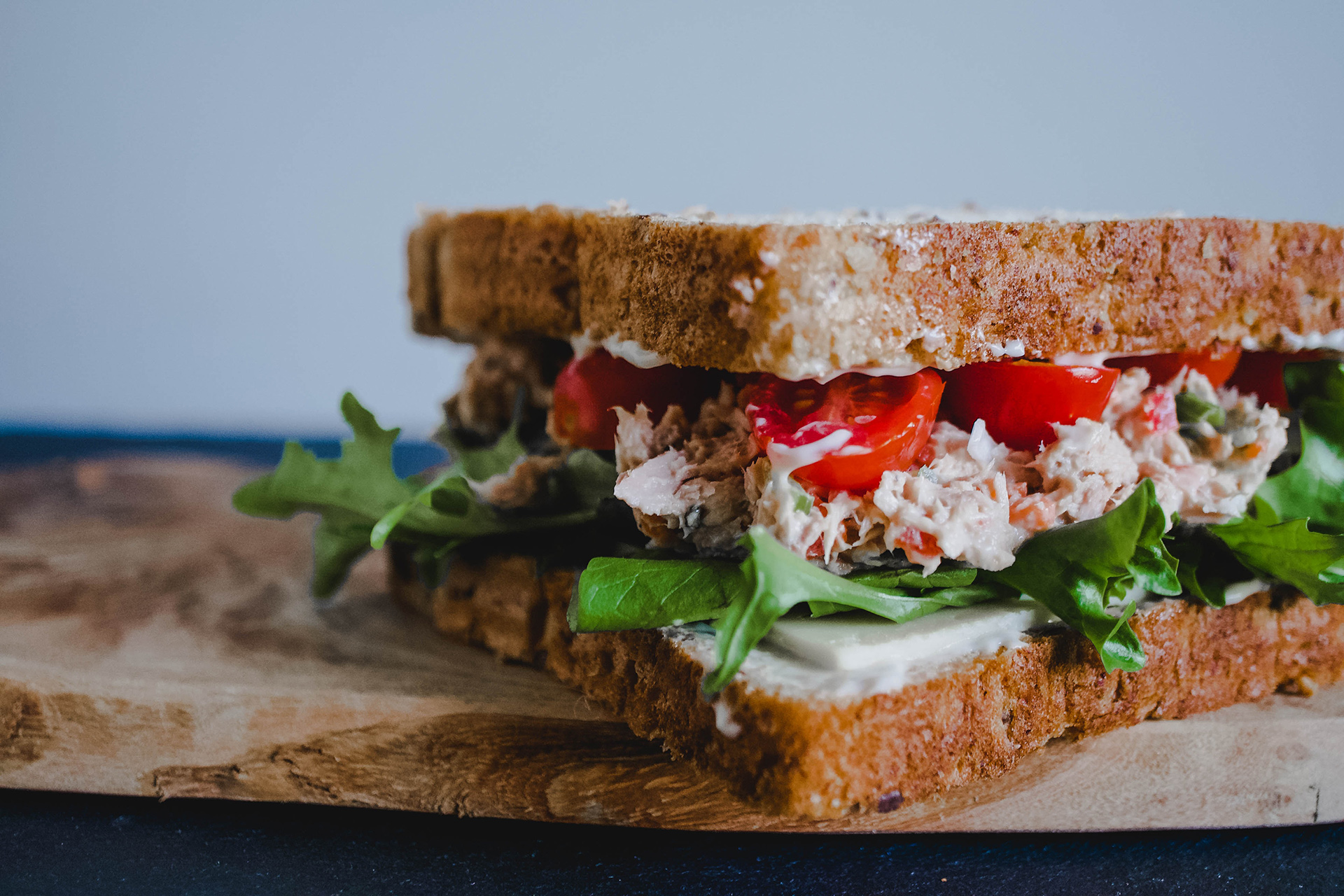School lunches have been a hot topic recently. Schools are making a more conscious effort to include healthy options for students while also teaching students the importance of a healthy, balanced diet. Laura Watne is a Clinical Nutritionist at Children's Hospital Colorado and when she wanted to know more about school lunches and how to make them healthier she went straight to the source: her children. Check out her options below for a healthy meal that isn't bland or boring.
To find out what it takes for kids to truly enjoy a healthy lunch, I interviewed three highly acclaimed experts on school lunches for this blog: my children.
My 14-year-old daughter recalled that her lunches often left her feeling hungry before soccer practice. They didn’t provide enough energy (i.e. calories) and started too early—at 11 a.m. to be exact!
At the end of the school year last May, my 11-year-old son proclaimed that he could not bear the thought of another sandwich until school started again in the fall.
All the while, my 9-year-old daughter said that the broccoli served for hot lunch at her school is overcooked and smells up the lunchroom. She is also not impressed with the rock-hard pears.
With all of the feedback from my kids, I wondered: what’s a parent to do about providing a healthy school lunch that provides adequate energy, appealing fruits and vegetables, and isn’t the same week after week? If you’re struggling with similar questions, consider following the suggestions below. They’re easy to do and will make a lasting impact on your child’s health choices and energy levels throughout a long school day.
A healthy lunch should contain: grains (some of which are whole grains), lean protein, dairy or non-dairy substitute, and at least two fruits and/or vegetables. School hot lunches must follow these guidelines. But if you’re packing your own lunch, here is an example of something that you could try:
- Tuna salad on whole wheat bread with a slice of cheddar cheese and romaine lettuce, multigrain chips, a fresh Colorado peach, bell pepper slices with low-fat ranch dressing, yogurt and water to drink. Check out some additional ideas on packing lunches.
Variety is best. To diversify your child’s food intake, consider alternating between favorite hot lunches at school and packed lunches from home. Mix up sandwich types (i.e. tuna salad, turkey, ham, roast beef, peanut butter and jelly, etc.) and bread types (i.e. wheat, white, bagels or tortillas). Leftovers from dinner in a thermos can also be nice for a change.
Always eat lunch, even if the timing doesn’t seem right. If older athletes have an early breakfast and a late lunch, they will likely need a morning snack to help meet their energy needs. If they have an early lunch, they will need an afternoon snack to help get the most out of practice or competition after school. Learn more about the importance of eating before a game.
Encourage your kids to choose wisely from the cafeteria. The pasta bar will provide better pre-game or practice choices than the burger bar, while fish tacos will be better than fried chicken. If your child has the privilege of eating off campus for lunch, you should always encourage them to make healthy choices, like choosing fruit instead of french fries.
Written by: Laura Watne, MS, RD, Clinical Nutrition, Children’s Hospital Colorado.
Photo by Youjeen Cho on Unsplash

